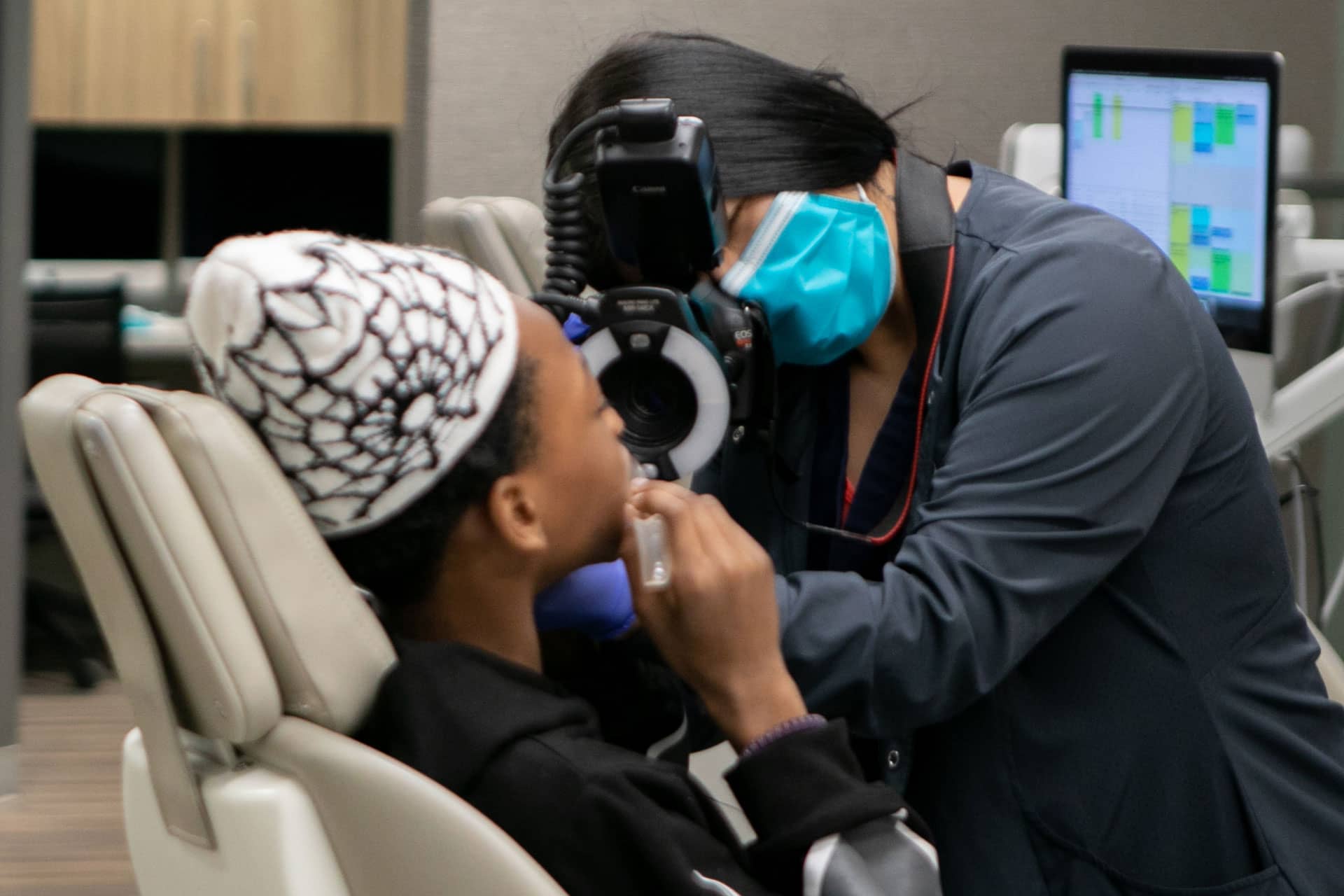Orthodontic Services for Well-Aligned Smiles
Orthodontic Services for Well-Aligned Smiles
Complete Orthodontic Care From Your Favorite Team
Comprehensive range of orthodontic treatments
Friendly, experienced team
Latest orthodontic techniques
Tailored treatment plans

Start Your Journey to a Healthy Smile
Offering a Full Range of Orthodontic Solutions
Helping you enjoy a well-aligned bite and a healthy smile for life.
Offering a Full Range of Orthodontic Solutions
Helping you enjoy a well-aligned bite and a healthy smile for life.
Other Orthodontic Services We Provide
Expert Orthodontic Care in Hoover, Alabama
At Brocks Gap Orthodontics, we genuinely care about our patients and their oral development. We encourage parents to be proactive when it comes to orthodontic care for young children as well. Interceptive orthodontics can help fix misalignment issues before they require more-invasive treatments. For this reason, we recommend getting your child in for an orthodontic evaluation by age 7. We’ve created a fun and comfortable environment where you and our pediatric patients will feel comfortable and cared for. Everything we do is aimed at helping you achieve a straight, healthy smile.
Start your journey to a confident smile. Book an orthodontic evaluation today!
A beautifully aligned smile will give your child a head start on a lifetime of good oral health. You can book an orthodontic appointment using the form below. Just add your details, and our team will be in contact within 24 hours to confirm a time and date convenient for you and your family.






